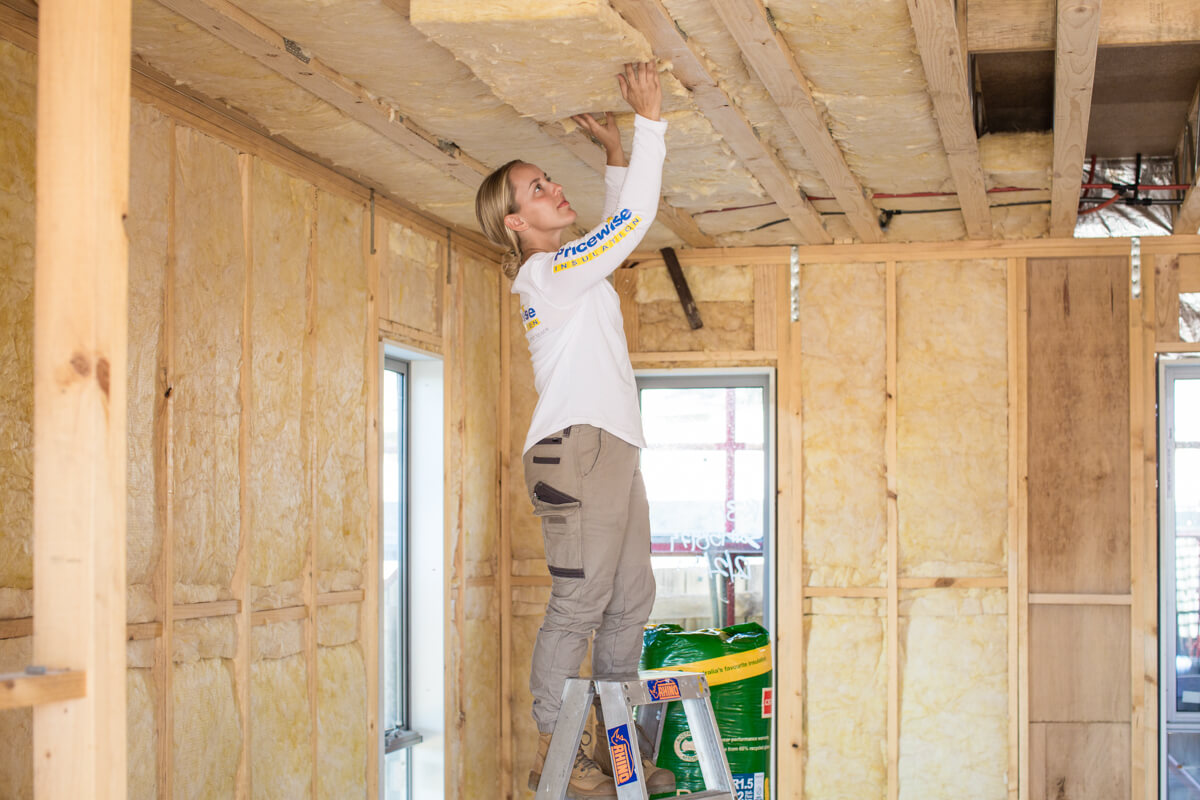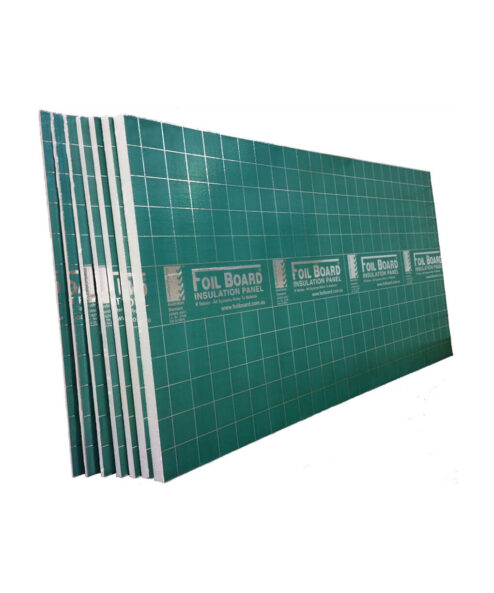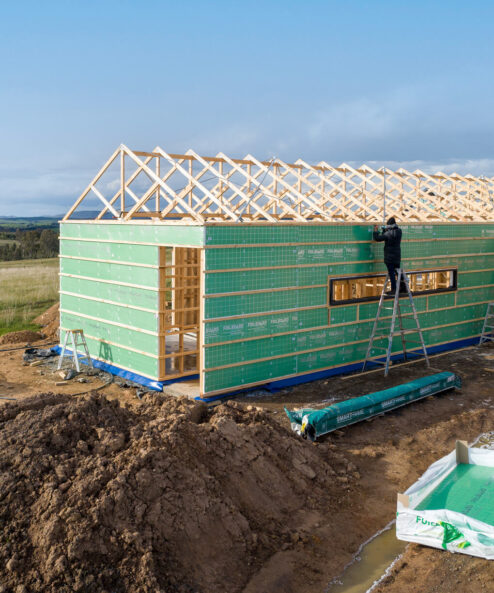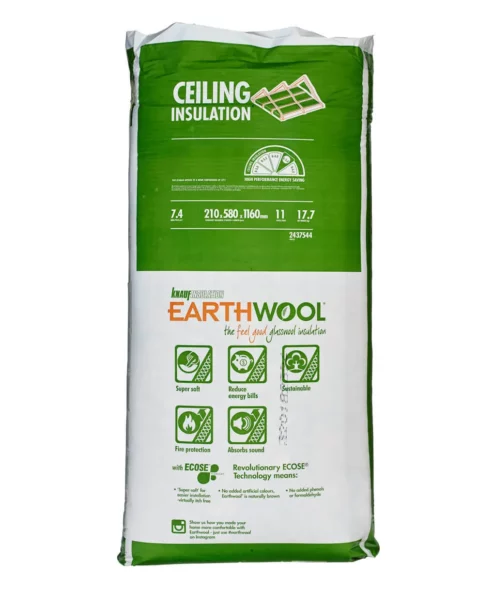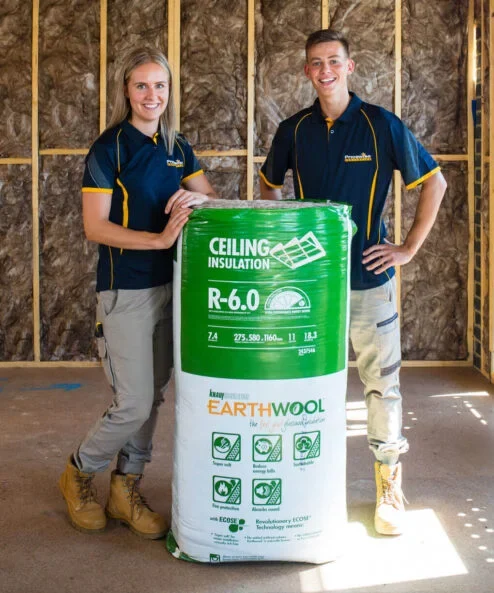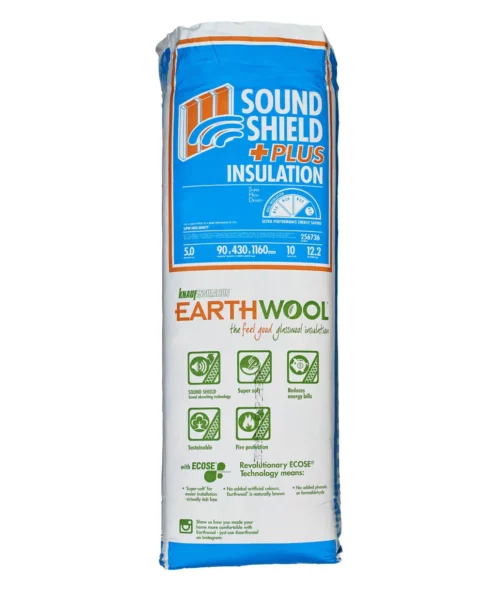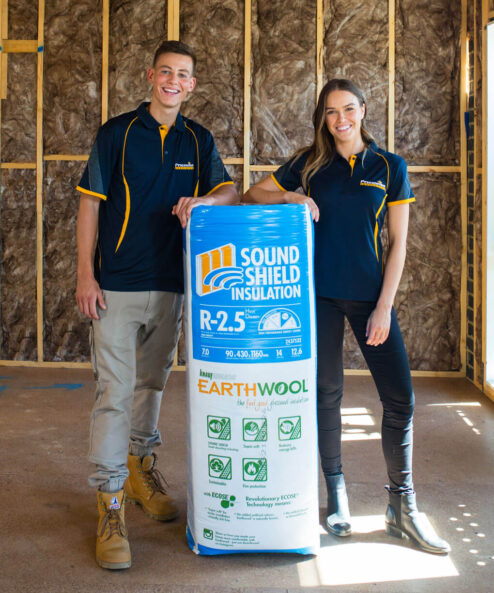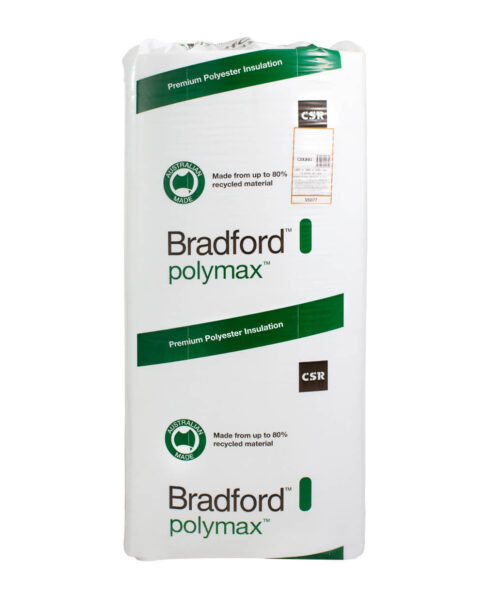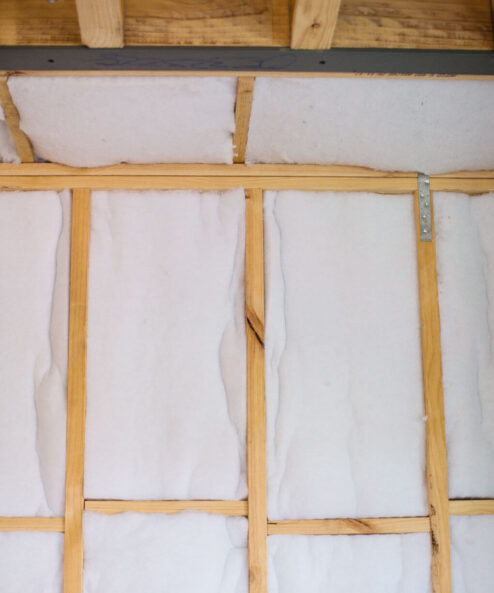Insulation Tips
How Insulation Helps Your Home
Insulation is one of the most effective ways to decrease a home’s energy consumption. It works by reducing the flow of heat into or out of the home to create a pleasant indoor environment without relying solely on artificial heating and cooling. Insulated homes are therefore cooler during summer and warmer during winter. What’s more, with less reliance on artificial heating and cooling, insulated homes can see significant savings on electricity bills.
How does insulation keep a house cool?
To understand how home insulation works, you first need to understand the concept of heat flow. Heat tends to flow from places of high thermal energy (hot places) to those with low thermal energy (cooler places) until the temperature is equal everywhere. That means on a hot day, the hot air outside will want to flow into your home, making it hot too. Insulation helps slow down this process to keep your home cooler for longer.
Also Read – Comparing Different Types of Insulation for your Home
Bulk insulation such as insulation batts or rolls work by trapping billions of tiny air pockets in their structure. These break up the path of heat flow, slowing it down and keeping your home cooler in summer and warmer in winter. It’s important that bulk insulation is not compressed during insulation, otherwise it will not be effective.
Another type of insulation called reflective insulation works by reflecting radiant heat from the sun away from your home. It is usually installed in the roof and has a thin foil layer which needs to be kept clean in order to reflect radiant heat effectively.
How can I improve the insulation in my house?
Many homes in Australia are under insulated, meaning a significant proportion of Australian families are not reaping the benefits home insulation offers. This is true particularly for older homes which may have been insulated decades ago. Other factors such as extreme weather, water damage or rodent infestation can also reduce the life of insulation. In these cases, damaged insulation should be replaced.
For effective home insulation, first ensure that your ceiling, roof and external walls are well insulated. The roof is responsible for up to 35% of your home’s heat loss and gain, while the walls are responsible for as much as 25%. It is important that you choose home insulation products with the right R-Value. Check out the table below for our recommended R-Values for ceiling and walls in Australian homes.
|
Where |
Ceiling/Roof |
External Walls |
|
Perth, Brisbane, Northern NSW |
R4.0 |
R2.0 |
|
Melbourne, Sydney, Adelaide |
R5.0 or R6.0 |
R2.5 |
Insulation in the floors, internal walls and in between floors of a double-storey home can also make a significant impact on heat regulation. When these are insulated, climate zones can be created in the home for more energy efficient heating and cooling. For added noise reducing benefits, you may want to invest in specialised acoustic insulation.



